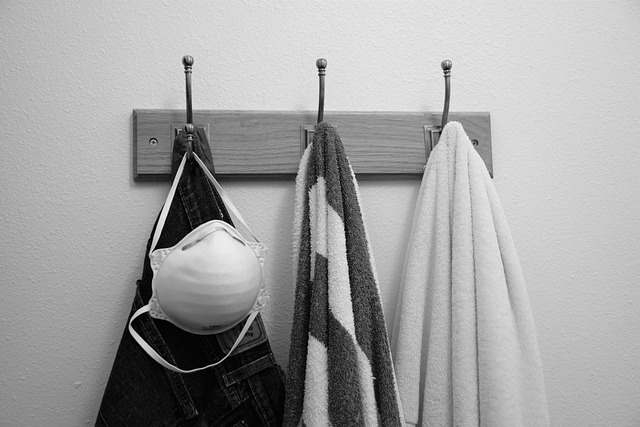An interesting article titled “Is Prolonged Mask Wearing Associated With Orofacial Pain?” appears in the Journal of Oral and Maxillofacial Surgery written by Vicky Yau, Hong-Yu Liang, and Chenyu Sun (vol. 80, pp. 1875-1877, 2022). The article discuses how with the prolonged use of face masks and surgical respirators, issues of mask associated orofacial pain are now happening for oral and maxillofacial surgeons. This is a new issue due to the use of surgical N95 respirators (also called medical respirators) used by healthcare providers for protection from airborne and fluid transmission and protection from COVID-19.
The article discusses how healthcare workers have reported masks-associated
orofacial pain, in the areas of temporalis, zygomaticus, nasalis, and auricularis muscle with the use of N95 masks. N95 masks have a tight facial fit, and provide enhanced filtration against 95% or more of 0.3-mm particles. Orofacial pain from the use of N95 masks can occur within 60 minutes of wearing a mask and typically resolves after 30 minutes of no longer wearing the mask. Orofacial pain caused by a mask wearing is often related to the designs of the mask using an ear loop and head strap. The authors state:
“The tight seal N95 respirators with head strap compress and create tension of masticatory muscles, including masseter, temporalis, and the pterygoid muscles, while those with ear loop style impose significant pressure on the eminence of concha, leading to the risk of ear deformity and pain radiation to other orofacial muscles.”
The authors also say that mask use can lead to orofacial pain secondary to temporomandibular joint disease (TMD). They mention that females are more impacted and this can result with over 8 hours of mask use. Dental students and dentists who wear N95 respirators during work showed an increase in TMD symptoms and parafunctional movements such as repetitive mouth opening and closing, bruxism, lateral excursions or protrusive movements. The authors mention that TMD can be managed conservatively with nonsteroidal anti-inflammatory drugs, hot compressions, use of a night guard, a soft diet and BOTOX injections. Some dentists have shown a significant drop in oxygen saturation 1 hour after wearing N95 respirators. A change in the breathing pattern and jaw movements, including mouth breathing and bruxism, can lead to the development of orofacial pain including TMD.

The authors feel that manufacturers of masks should consider custom masks for people with different mandibular shapes and nasal bridge heights to reduce the need to frequently adjust mask the mask using one’s jaw. The authors feel that mask-related orofacial pain and TMD still has a lot more to be investigated. Future studies could look into addressing the pathophysiology of mask-related TMD and to help find out ways to prevent orofacial pain in those healthcare workers that use a mask for long hours. Such questions to ask include (1) assessing facial muscle activity during and/or after prolonged mask wearing, (2) investigating the effects of mask-wearing on orofacial muscles and temporomandibular joints, and (3) exploring the difference between types of masks regarding their effects on orofacial muscles and temporomandibular joints.
